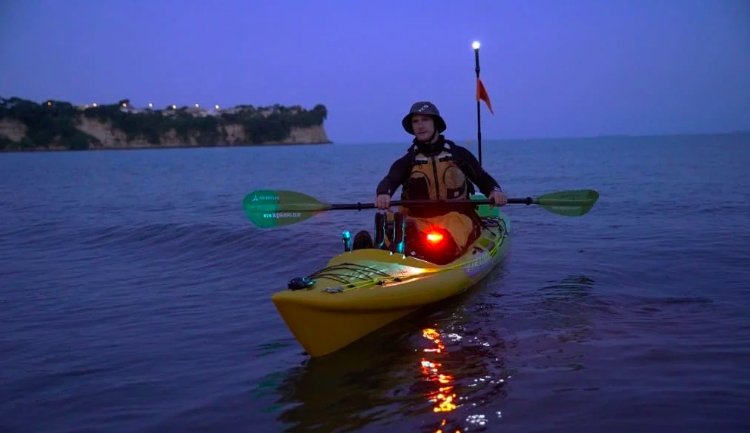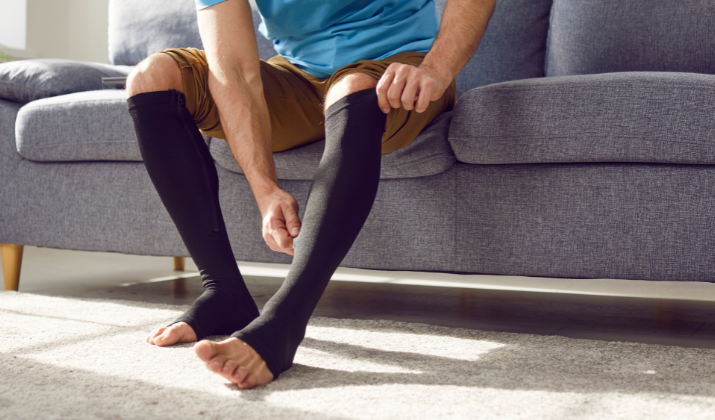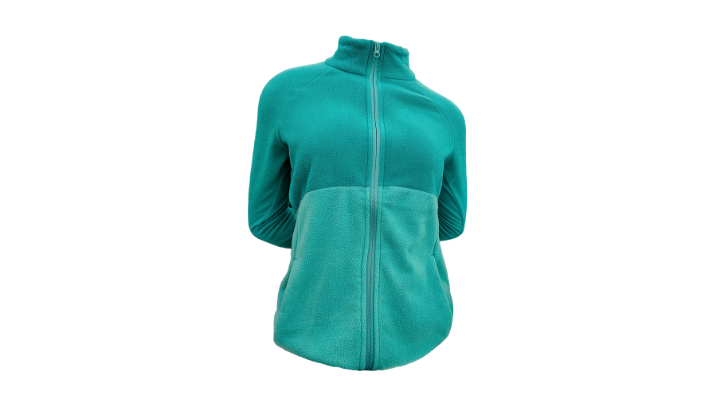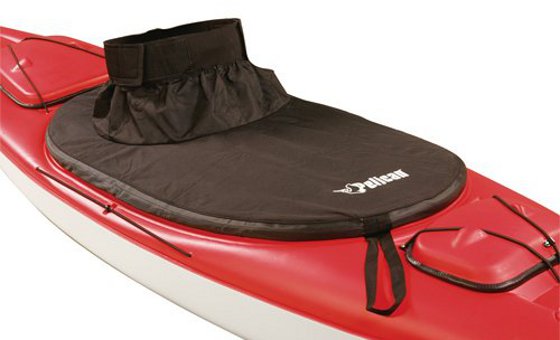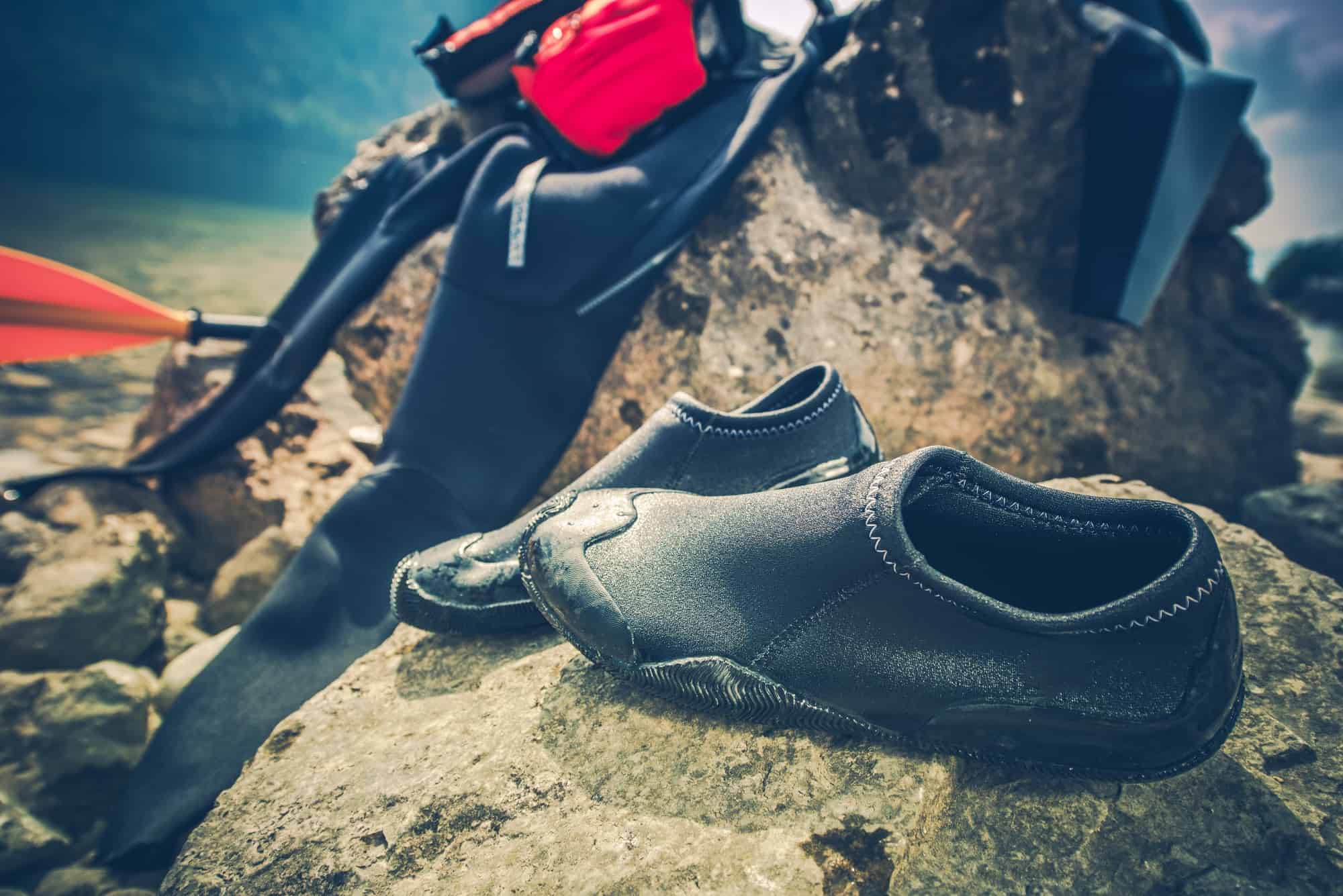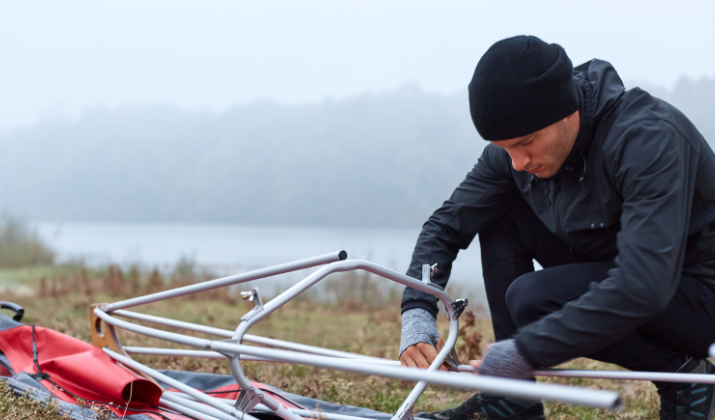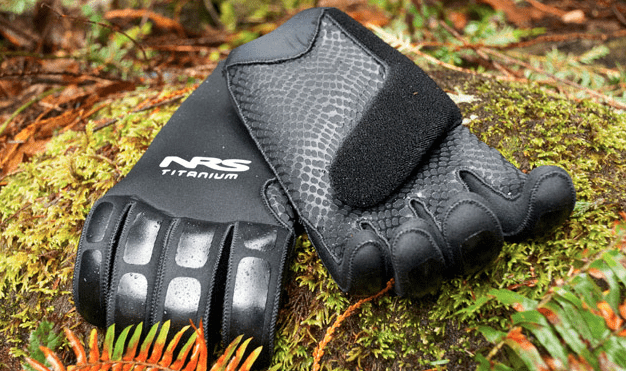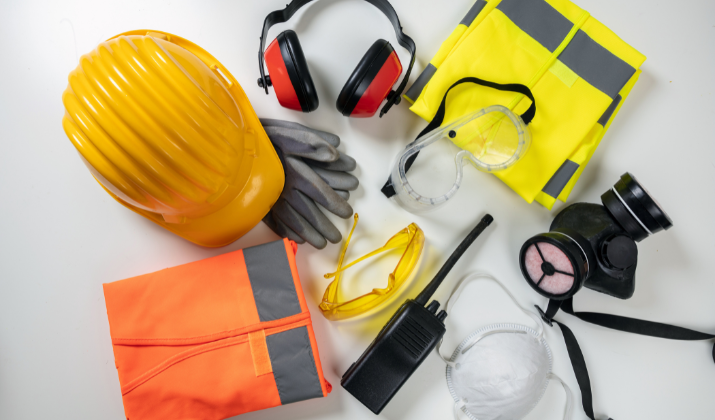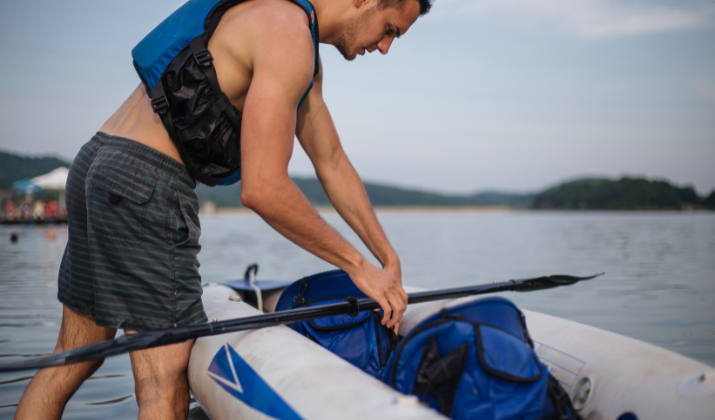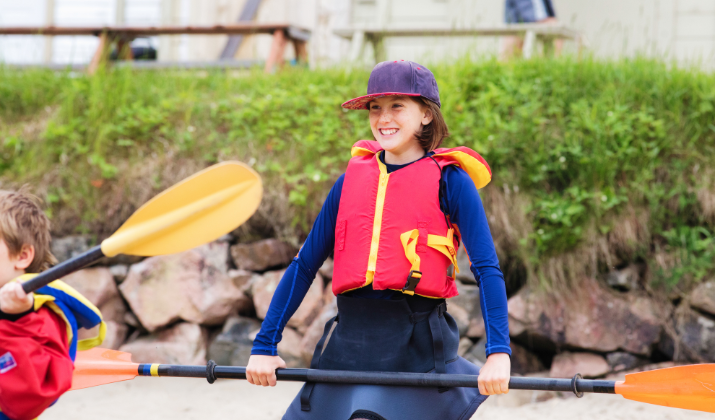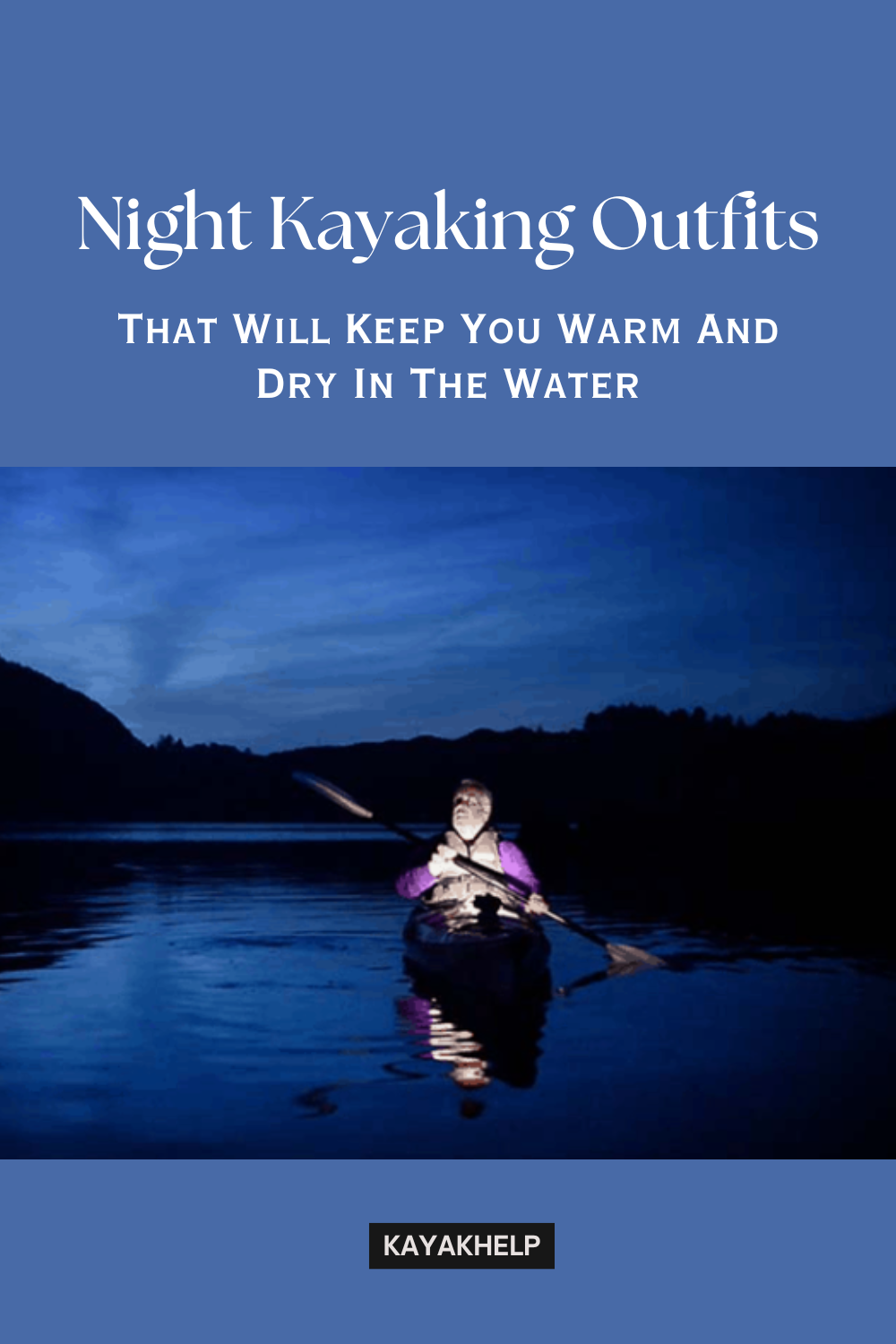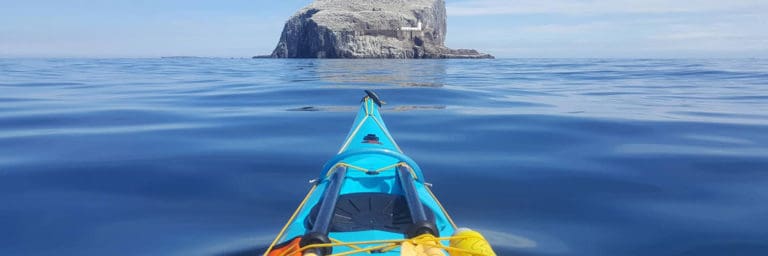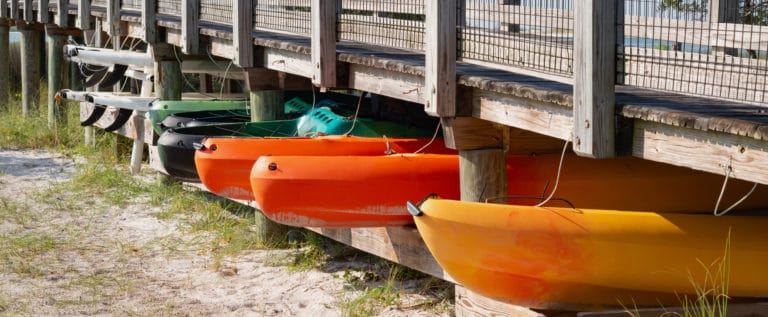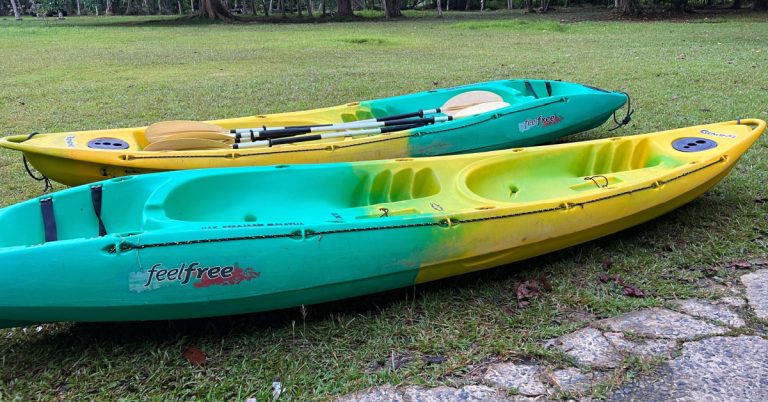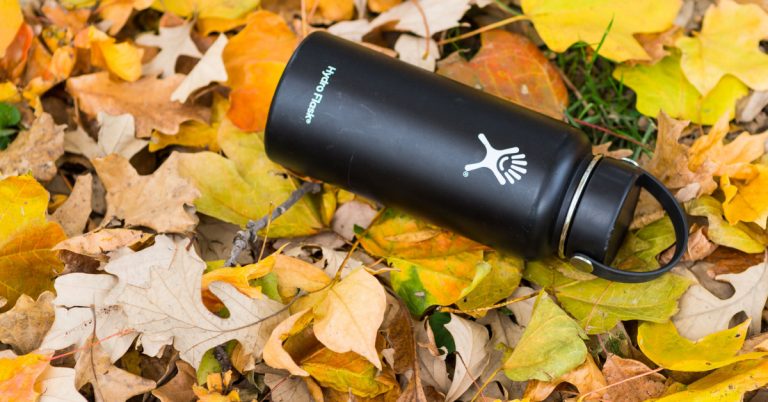Night kayaking transforms familiar waterways into mysterious, enchanting environments.
As the sun sets, temperatures drop and visibility changes, making your choice of attire not just about comfort, but crucial for safety and enjoyment.
This comprehensive guide will walk you through creating the perfect layering system for nocturnal paddling, ensuring you stay warm, dry, and visible on the water.
Check it out.
Essential Base Layers
Base layers form the foundation of your kayaking outfit, managing moisture and providing initial warmth:
- Merino wool undergarments: Natural, odor-resistant, and warm even when damp. Choose lightweight (150-200g) for mild conditions or midweight (200-250g) for colder nights.
- Synthetic thermal options: Polyester or polypropylene blends offer excellent moisture-wicking at a lower cost than merino. Look for flat-lock seams to prevent chafing.
- Compression gear: Helps with muscle support during long paddles and provides an extra insulating layer. Choose options with UPF protection for twilight paddling.
- Neoprene socks: 3mm thickness works for most conditions; opt for 5mm in colder waters. Some brands offer titanium-lined options for extra warmth.
Mid Layers for Insulation
Mid layers trap warm air and provide crucial insulation:
- Fleece options: 200-weight fleece works for most conditions. Look for:
- Gridded fleece for better moisture management
- High collars for neck protection
- Thumb holes to prevent sleeves from riding up
- Insulated paddling pants: Choose water-resistant options with articulated knees for better mobility
- Specialty materials: Modern synthetic insulation like PrimaLoft or Polartec Alpha provides warmth without bulk
- Venting options: Zippers under arms or along sides allow temperature regulation
Outer Shell
Your outer layer provides crucial protection from water and wind:
Dry suit features
- Latex gaskets at neck and wrists
- Reinforced seat and knees
- Relief zippers for convenience
- Built-in socks vs. ankle gaskets (pros and cons)
Paddling jacket considerations
- Adjustable hood designed to move with your head
- Extended back length for coverage while seated
- Reflective elements for visibility
- Pocket placement optimized for paddling position
Spray skirt details
- Neoprene vs. nylon options
- Tunnel height for different torso lengths
- Compatibility with various cockpit sizes
Footwear
Proper footwear ensures comfort and safety during launches and landings:
Neoprene booties
- 5mm thickness for cold water
- Reinforced toe and heel areas
- Split-toe designs for better proprioception
Water shoes
- Quick-draining designs
- Siped soles for wet-surface traction
- Lacing systems that stay secure when wet
Hybrid options
- Neoprene boots with robust outsoles
- Ankle support for portaging
Head Protection
Keeping your head warm and well-lit is essential:
Neoprene headwear
- Skull cap styles for minimal bulk under hood
- Full hood options for maximum protection
- Windproof panels for added comfort
Lighting solutions
- Headlamps with multiple beam options
- Rear red lights for visibility to other water users
- Battery life considerations for night paddling
Eyewear
- Clear or light-enhancing lenses for night vision
- Floating straps to prevent loss
- Anti-fog treatments
Hands
Protecting your hands ensures you can paddle effectively and safely:
Neoprene gloves
- 3mm for general use, 5mm for cold conditions
- Precurved fingers to reduce fatigue
- Reinforced palms for durability
- Wrist closure systems to minimize flushing
Pogies advantages
- Direct contact with paddle for better control
- Easier to put on/take off on the water
- Can be used with thin liner gloves in very cold conditions
Hybrid solutions
- Fingerless gloves with mitten covers
- Modular systems for changing conditions
Safety Gear
Visibility and emergency preparedness are crucial for night kayaking:
Reflective elements
- Marine-grade reflective tape patterns
- Light-up paddle blades
- LED strips: battery life and waterproofing considerations
Communication devices
- VHF radio in waterproof case
- Waterproof phone cases rated IPX8
- Personal locator beacons for remote paddling
Emergency gear
- Spare layers in dry bags
- Chemical heat packs with extended activation times
- Emergency shelter appropriate for marine environments
Seasonal Considerations
Summer
Despite warmer air temperatures, preparation is still key:
- Lightweight options:
- UPF-rated long sleeve shirts
- Convertible pants/shorts
- Cooling neck gaiters
- Evening temperature changes:
- Packable insulation layers
- Wind-resistant shell
- Changing weather considerations
Winter
Cold weather paddling requires extensive preparation:
- Extreme weather gear:
- Multiple insulating layers, focusing on thin, efficient options
- Full dry suit with appropriate undergarments
- Neoprene hood and gloves rated for winter use
- Safety considerations:
- Increased caloric needs for cold weather
- Limited daylight planning
- Ice and freezing spray management
Tips for Choosing Clothing
Temperature assessment
- Check both air and water temperatures
- Consider wind chill factor
- Research local weather patterns
Immersion preparation
- Follow the 120-degree rule (combined air and water temperature)
- Practice self-rescue in your paddling outfit
- Ensure all gear is rated for the water temperature
Mobility testing
- Practice paddling strokes on land
- Ensure you can perform a wet exit
- Check for binding or restriction in paddling position
Spare clothing strategy
- Pack by layer category
- Use compression sacks for space saving
- Include camping towel for drying off
Conclusion
Night kayaking opens up a world of unique experiences, from bioluminescent waters to starlit shorelines. The key to fully enjoying these adventures lies in thoughtful preparation, particularly in your choice of attire.
By building a comprehensive layering system and focusing on both functionality and safety, you can create the perfect outfit for nocturnal paddling.
The goal is to stay warm, dry, and visible, allowing you to focus on the magical experience of exploring waterways after dark.
Whether you’re gliding through summer evening mists or braving winter nights, the right gear ensures your night kayaking adventures are memorable for all the right reasons.

